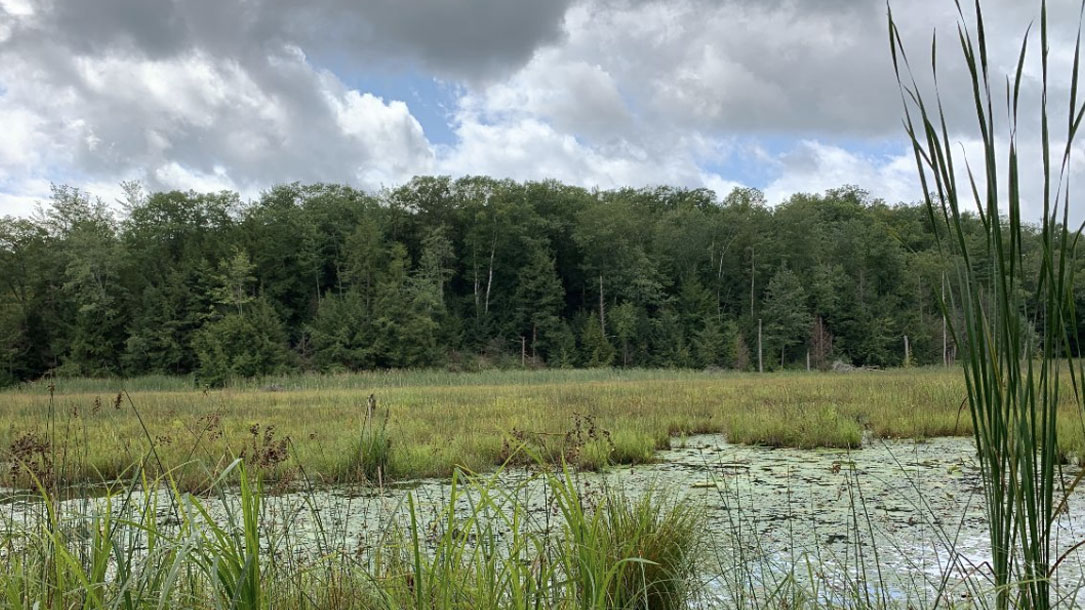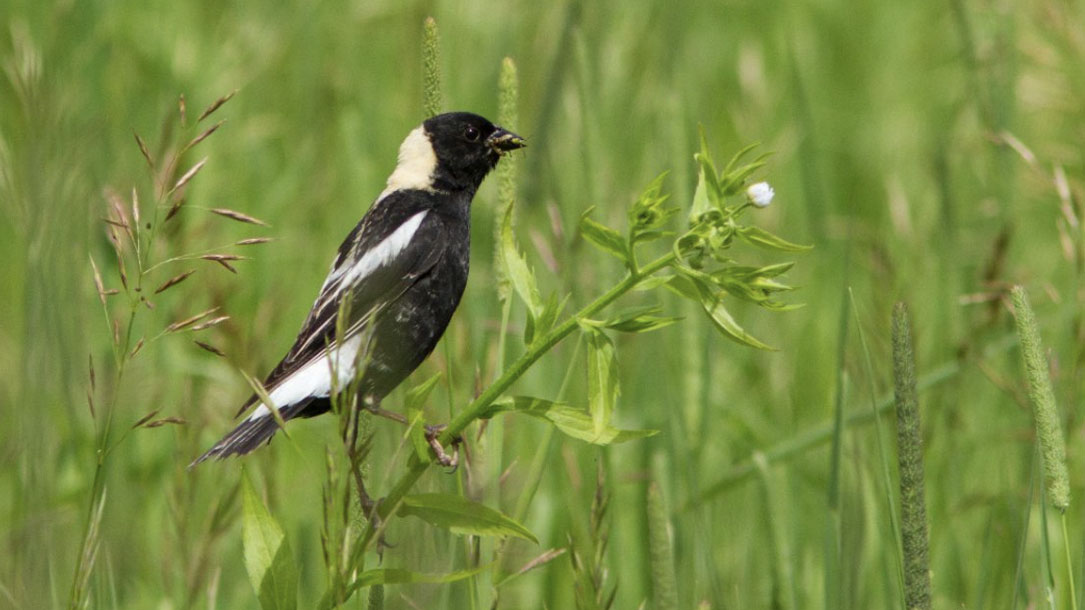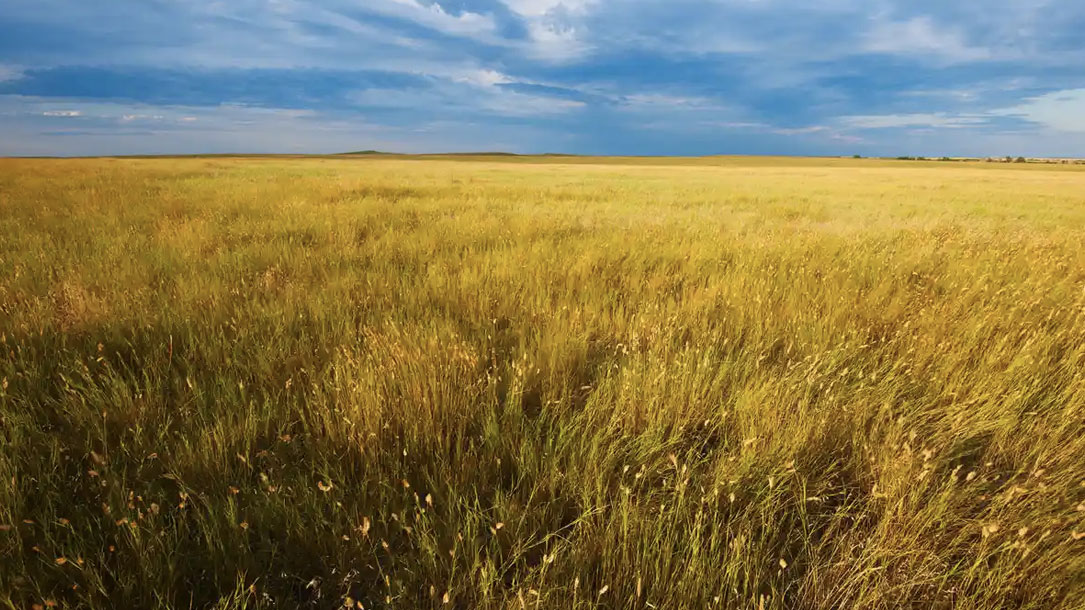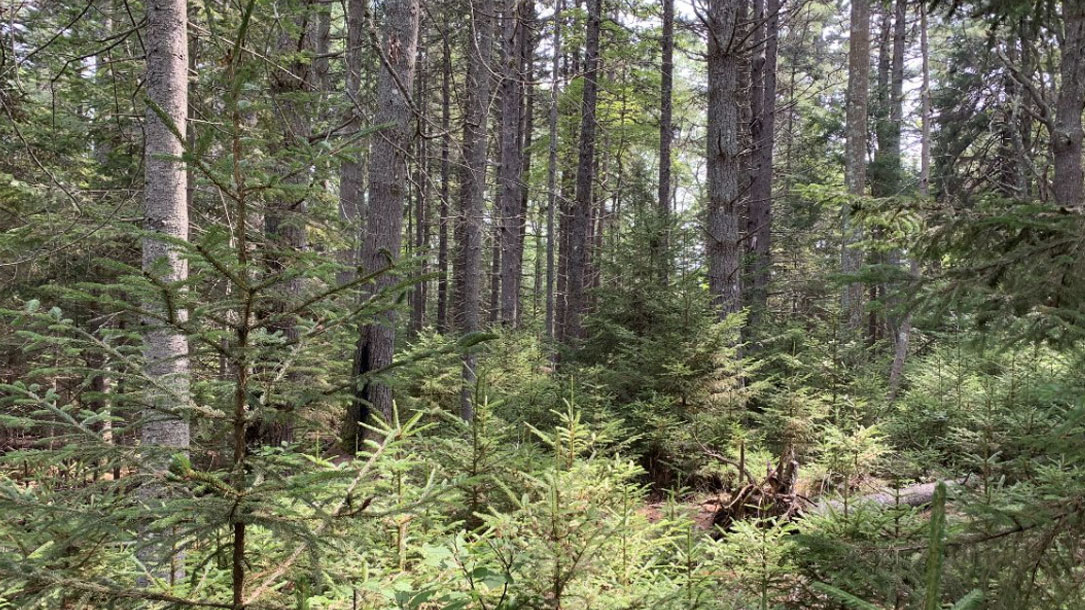Home > Climate News >

Protect your woodlands
“Over 75% of Vermont’s land is forested, and much of that land is privately owned, often by families and individuals. Conserving these forests matters a great deal for our climate, our economy, and our communities. If you own woodland and want it to remain forested, conservation is one option you could consider. We can help you explore your options and guide you through the process…”

Coastal marsh migration may further fuel climate change
As rising sea levels cause marshes to move inland in six mid-Atlantic states, the coastal zone will not continue to serve as a carbon sink but release more carbon into the atmosphere, a new modeling study led by researchers at Duke University finds.
Earlier estimates focused on the potential for an expanded area of coastal marshes to capture more carbon, removing it from the atmosphere where it acts as a greenhouse gas in the form of carbon dioxide. But as coastal marshes invade low-lying forests and freshwater wetlands, the loss of trees and decomposition will release more carbon into the air than can be captured by the marshes, further contributing to global climate change…

2021 Plowprint Report
In a concerning trend, WWF’s 2021 Plowprint Report has revealed that, for the second year in a row, grassland plow-up across the Great Plains has continued to accelerate. The 2021 report, which utilizes the USDA’s annual Cropland Data Layer and the Canadian Annual Crop Inventory from two years prior to its release date, finds that from 2018-2019 an estimated 2.6 million acres of grassland were plowed-up, primarily to make way for row crop agriculture. This is an area larger than Yellowstone National Park. Within the Northern Great Plains (NGP), the Great Plains’ most intact region, nearly 600 thousand acres were plowed up during this same period.

America’s native grasslands are disappearing
Lendrum led a research team that released a report in September showing that from 2018 to 2019 an estimated 2.6 million acres of grassland were plowed up, primarily to make way for row crop agriculture — an area larger than Yellowstone national park.
For a few years, the rate of grassland loss was decreasing. But then in 2018 and 2019, the number started to increase again, Lendrum says. “That’s an alarming trend.” It’s also a huge blow for efforts to fight the climate crisis and represents a little reported unfolding environmental disaster in the US…

Nature’s make or break potential for climate change
Though his business card says Director of Forest Carbon Science at The Nature Conservancy (TNC), Bronson Griscom introduces himself as an ecological accountant. Griscom radiates an optimism somewhat rare in seasoned environmentalists, especially when he discusses the “carbon economy” of nature: the everyday role that trees, grasslands and coastal habitats play in the carbon cycle. Griscom can measure the carbon impact of logging in old growth forests, or how well different forest ecosystems work as sinks for absorbing and storing carbon from the atmosphere. He helps link our economy with the economy of the biosphere.

Large influence of soil moisture on long-term terrestrial carbon uptake
The impact of climate change on soil moisture could push land past a “tipping point” — turning it from a net carbon “sink” to a source of CO2.
This research shows that levels of soil moisture — which are impacted by rising temperatures and extreme events such as droughts — can have a “large negative influence” on the land’s ability to store carbon…

Climate change’s impact on soil moisture could push land past the ‘tipping point’
The impact of climate change on soil moisture could push land past a “tipping point” — turning it from a net carbon “sink” to a source of CO2, one study finds.
The research, published in Nature, shows that levels of soil moisture — which are impacted by rising temperatures and extreme events such as droughts — can have a “large negative influence” on the land’s ability to store carbon…

A menu of state actions to promote forest carbon sequestration and storage
Across the U.S., states are developing policies and programs to help promote forest-based natural climate solutions. This effort is bolstered by growth in forest carbon programs that aim to make entry into the voluntary carbon offset market accessible to all landowners. Here we present a “menu” of policy and program options (that we call action items) derived from existing state programs and policies that decision-makers can leverage to promote forest carbon solutions…

Conservation Conversations: Pacific Northwest prairies and climate change
Prairies in the western Pacific Northwest are critically endangered ecosystems. Join ecologists Paul Reed and Sarah Hamman for a discussion about how they may be affected by climate change and how they are being restored to the landscape.
Paul Reed is a postdoc at the University of Oregon, where he also completed his Ph.D. in 2021. For his dissertation, Paul and colleagues conducted an experiment across western Oregon and Washington, including at Capitol Land Trust’s Tilley West Preserve, to understand how warming and drought affect Pacific Northwest prairies. Much of his work is in collaboration with regional stakeholders and is motivated by a common vision to improve native prairie conservation and restoration in a changing climate.
Sarah Hamman is the Director of Science for Ecostudies Institute. Her work is aimed at researching and restoring rare species habitat in Pacific Northwest prairies and oak woodlands using rigorous science and collaborative conservation principles. In this virtual event, we hear from Paul about the Heating of Prairie Systems (HOPS) experiment that he and others conducted at Tilley West Preserve.
We will also learn from Sarah about prairie restoration efforts in the South Sound region, and how plant responses to climate change may affect local prairie management in the future.

Assisted migration project
The following is an excerpt from their website:
“Continued climate warming will disrupt our forests and their ability to lessen the impact of high CO2 levels. We will lose our cool adapted evergreens and hardwoods which, in turn, will change the nature of the forest and everything in and around it. The Mousam Way Land Trust is initiating a project to plant warm-adapted southern tree species on our reserves in anticipation of this radical change. In time these southern replacements will become part of the forest and restore some balance.
You are invited to help us go one step farther by planting these replacements in your own landscape from which they will eventually spread…”












